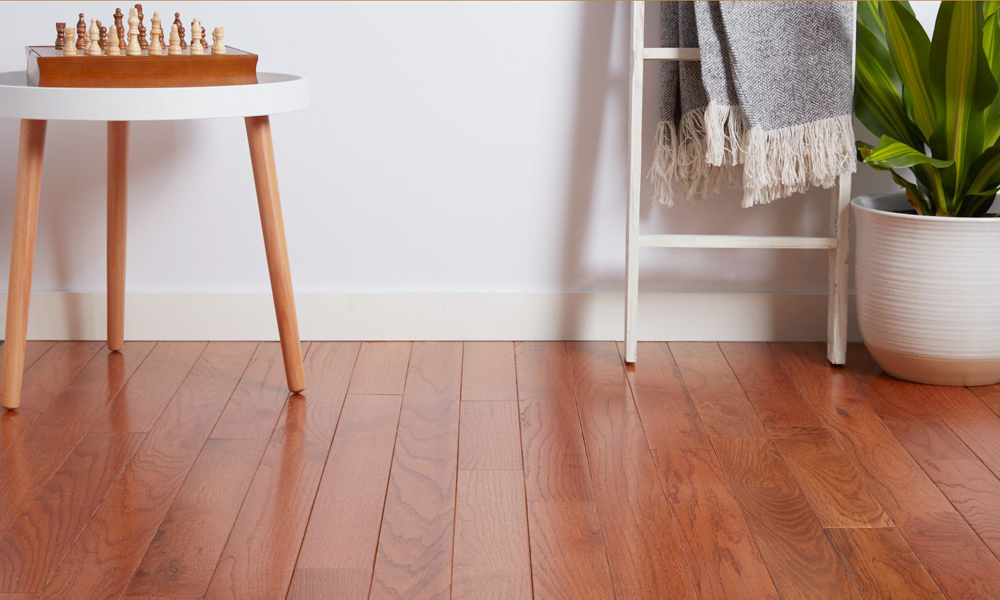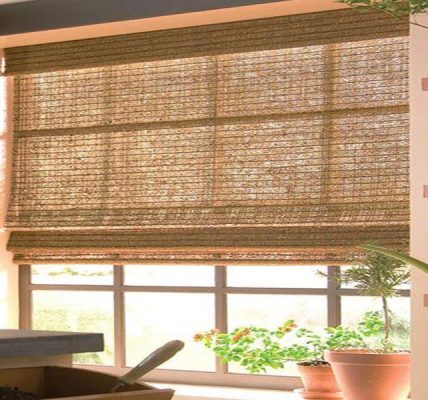There are a few important steps you need to take when finishing a floor sanding job.
- Remove all the dust and dirt that’s on the floor with a vacuum cleaner. Then, use a mop or bucket to remove any excess water.
- Apply a coat of polish to the floor using a scrubber pad or duster. Be sure to apply it evenly and cover all the surface area.
- Allow the polish to dry for at least 30 minutes before doing anything else. This will help prevent scratches from occurring during the sanding process.
- Sand the floor using medium-grit sandpaper in a random pattern with moderate pressure. Be sure to hold your sandpaper perpendicular to the floor so that you don’t damage it further. You can also use an orbital sander if you have one available, but be careful not to overuse it because this can cause scratches as well.
- Once the sanding is complete, rinse off the floors with water and dry them off completely before applying another coat of polish if desired
How to Achieve a Professional Finish Through Floor Sanding
There’s nothing quite like a freshly sanded floor. It’s shiny and smooth and looks great in any room. It can make a big difference in the look of your entire home.
However, before you can start sanding, you need to prepare the surface. This involves removing any dirt, dust, or debris with a vacuum cleaner or sweeper. Then, you need to apply a protective coating to the floor using one of the following methods:
- Sanding sealer: A sanding sealer is a type of glue that is applied to the floor and then sanded into place. It’s designed to protect the surface from damage while it’s being sanded.
- Sealant primer: A sealant primer is similar to a sanding sealer in that it’s a type of adhesive that’s used to protect the surface before it’s sanded. However, unlike a sanding sealer, this primer doesn’t require water or heat to activate it.
- Paint: You can also paint your floor if you want an extra long-lasting finish. Just be sure to use quality paint that will resist moisture and wear well over time.
FAQs About Completing Your Floor Sanding Project
What types of floors can I sand?
Floor sanding is a great option for any type of floor. However, if you have a hardwood or tile floor, you’ll need to use special sandpaper that won’t damage the finish. For other types of floors, such as vinyl or linoleum, standard sandpaper will work just fine.
How often should I sand my floor?
There is no one-size-fits-all answer to this question. The amount of time that you need to spend sanding your floor will depend on the severity of the scratches and the type of floor surface that you’re using it on. Typically, though, you’ll want to sand your floor once every week or two if it’s regularly used.
Where should I put the dustpan and mop when I’m finished sanding my floor?
It’s important to clean up after yourself when finishing your floor sanding project by putting the dustpan and mop away in a safe place. You don’t want any dirt or debris left over from your work to get tracked throughout the house and into places where it’s not supposed to be – like your walls or furniture.








